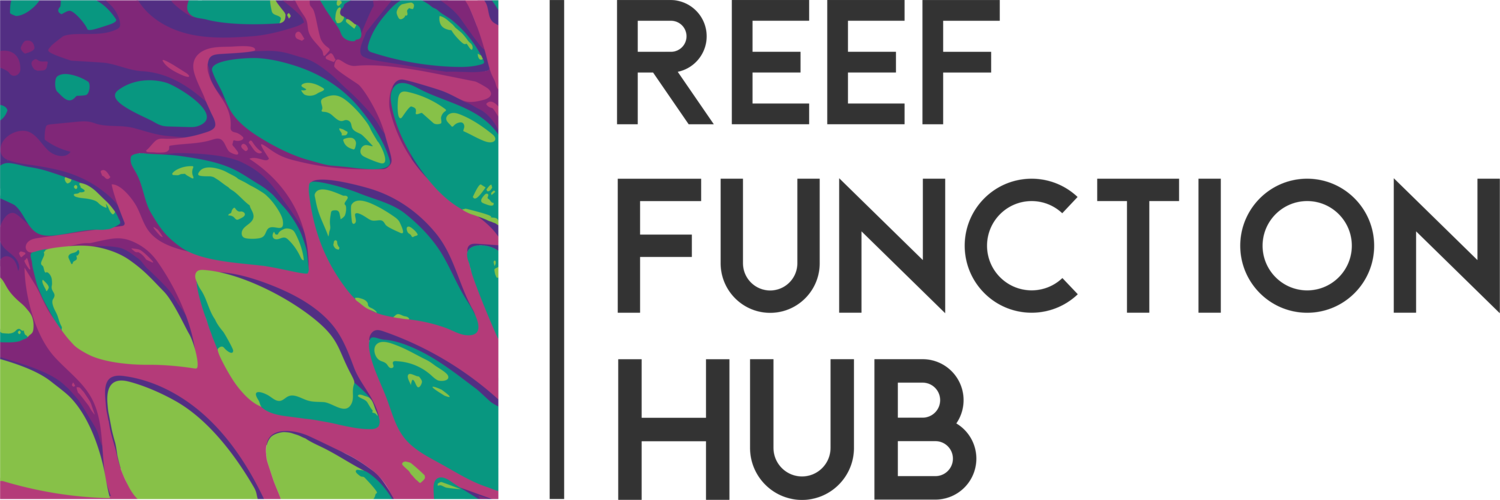High herbivory despite high sediment loads on a fringing coral reef
Authors: Albert Pessarrodona, Sterling Tebbett, Nestor Bosch, David Bellwood & Thomas Wernberg
Abstract:
Algal turfs are expected to increasingly dominate the benthos of coral reefs in the Anthropocene, becoming important sources of reef productivity. The sediments trapped within algal turfs are known to determine turf condition and influence a range of key ecological processes, particularly the feeding behavior of fishes. Yet, our understanding of the interactions between turfs, sediments and fishes is largely derived from offshore reef systems, where turfs typically contain relatively low sediment loads. Here, we expand on this knowledge by characterizing the properties of turfs and their interactions with fishes on a large, mainland fringing reef system, Ningaloo Reef. Algal turfs varied in algal biomass, height and percent of organic content in the sediment between sites, while the total inorganic and organic sediment loads were comparable. Despite being located in an arid climate with low riverine sediment inputs, turfs in Ningaloo contained an average of 3.5 kg m−2 of inorganic sediment, one of the highest loads reported in the literature. Yet, turf feeding rates by fishes in our study were comparable to locations where inorganic sediment loads are substantially lower. Feeding was dominated by herbivorous fishes (> 80% of the bites on average), with surgeonfishes being the dominant herbivore feeders (72% of the herbivore bites). In particular, the sediment sucker Acanthurus grammoptilus and the cropper Acanthurus triostegus—which crops off algal filaments protruding above the sediment layer—were the dominant and most commonly observed feeders. Our results suggest that cropping and sediment-sucking surgeonfishes are able to feed on turfs with high sediment loads, an ability that may prove advantageous in sediment-laden turf-dominated-reefs of the future.

